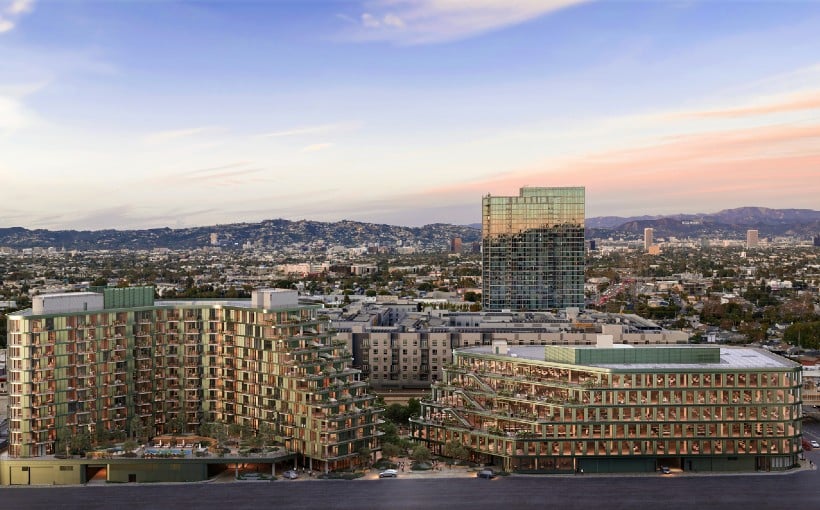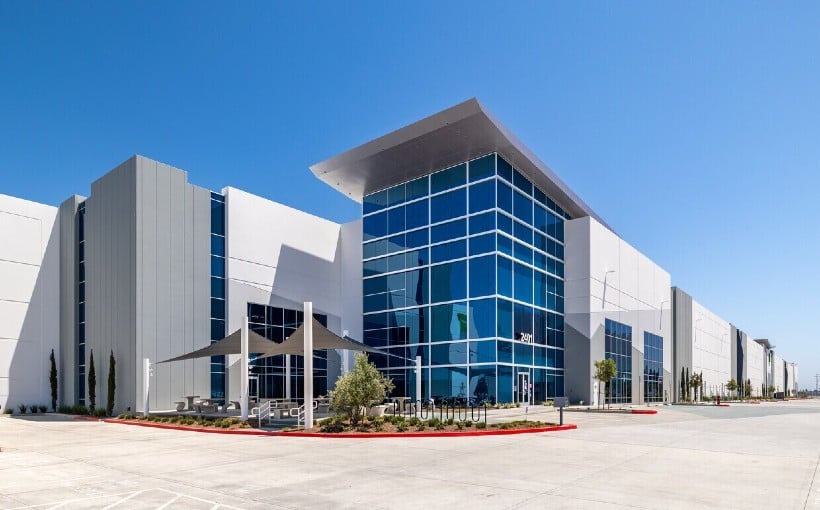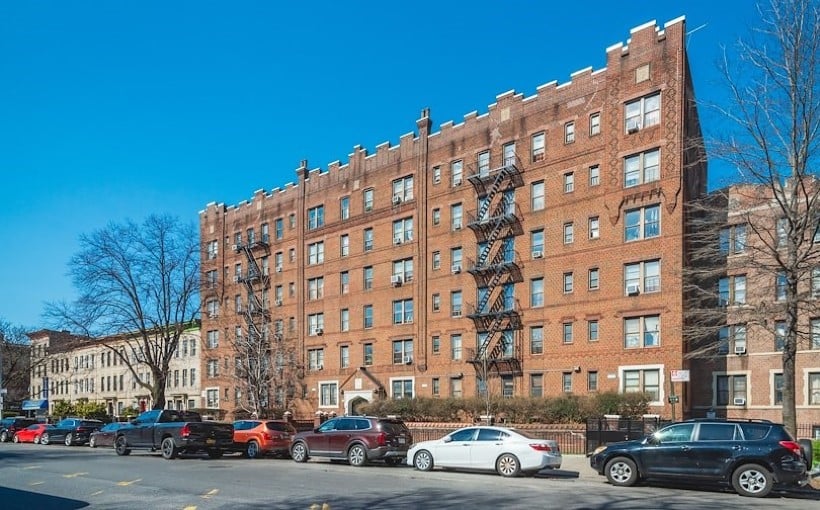**Lendlease’s Ryan Burton: Development Logjams Are Beginning to Ease**
Ryan Burton, Senior Vice President of Development at Lendlease, is leading the charge on a transformative new project in Culver City, Los Angeles. Dubbed “Habitat,” the project is a two-building mixed-use campus scheduled for completion in early 2026. Habitat will encompass a 253,000-square-foot creative office space alongside a 260-unit multifamily residential building featuring first-floor retail. A key component of the development is its integrated one-acre open space, establishing a connection between the buildings and the surrounding community.
Burton will be one of the featured speakers at the Connect Los Angeles 2025 conference, taking part in the “Build, Develop & Adaptive Reuse” panel on June 18. In a recent conversation, he shared insights into prevailing industry trends and how they are influencing development strategies today.
**Are Cost Pressures Finally Easing for Developers?**
“Yes, we’re beginning to see some signs of relief in 2025,” Burton said. “Inflation and construction costs have shown signs of improvement, helping to stabilize real estate markets.”
Improvements in supply chain logistics have also helped reduce uncertainty for developers. Material shortages that plagued the industry over the last few years—particularly since the onset of the pandemic—have begun to ease. Lead times for key construction materials such as steel, concrete, and HVAC systems have shortened, thanks in part to suppliers diversifying their networks.
However, Burton pointed out that skilled labor shortages remain a lingering challenge, even as tariff-related cost increases have had somewhat limited impact to date.
**Changing Priorities Among Renters and Office Tenants**
According to Burton, post-pandemic tenant and renter preferences have noticeably shifted, with increasing emphasis on elements such as flexibility, wellness, and sustainability.
“There’s a clear trend toward environmentally responsible and energy-efficient spaces,” he explained. At Habitat, for instance, buildings are constructed using low-carbon materials, enhanced with green roofs, high-efficiency systems, and expansive indoor-outdoor spaces. The office component aims for LEED Platinum certification, while the residential building is targeting LEED Gold.
People are also placing higher value on walkable environments that facilitate hybrid work and minimize car dependence. Habitat supports this lifestyle with nearby bike paths and a vibrant walkable neighborhood.
Amenities, Burton added, now play a significant role in tenant satisfaction. “It’s no longer just about a place to live or work. It’s about community, wellness, and shared spaces,” he said. Habitat will feature coworking areas, fitness facilities, lounges, and versatile indoor-outdoor public areas to foster social interaction.
Another priority is access to nature. “People increasingly seek environments that support health and well-being,” Burton noted. Design features include landscaped courtyards, walking paths, and private patios or balconies in 95% of the residential units. The offices will incorporate operable NanaWalls, allowing floors to open directly onto large terraces.
**Why Mixed-Use Development Makes Sense in Today’s Market**
Burton emphasized that the evolution of how people live and work is creating long-term demand for mixed-use neighborhoods.
“The rise of remote and hybrid work has reshaped what tenants look for in office spaces,” he said. Office users are drawn to buildings that offer amenities and that are located in neighborhoods with housing, retail, and green spaces—a true “live-work-play” model.
On the residential side, renters value community, convenience, and an enhanced lifestyle, making mixed-use developments like Habitat highly appealing.
“Mixed-use development creates dynamic, resilient communities that can adapt to changing market demands,” Burton explained. “They offer scalability and long-term value for both residents and commercial tenants.”
**When Does Adaptive Reuse Make Sense?**
Though Lendlease often favors ground-up construction—for its flexibility in design, layout, and performance—Burton acknowledged the many benefits of adaptive reuse in certain scenarios.
“Adaptive reuse makes a lot of sense when a building is in a prime, transit-friendly location and meets the right financial and environmental criteria,” he said. Reusing existing structures can reduce material waste, lower carbon emissions, and leverage tax or zoning incentives. It also often speeds up construction timelines by mitigating complex permitting and foundational work.
However, not all buildings are suited to reuse. Outdated systems or structural limitations can impede performance or modern design requirements.
“That’s why for projects like Habitat, ground-up construction made more sense,” Burton explained. “It allowed us to fully customize the space to meet modern needs and deliver high-performance, sustainable buildings.”
While Lendlease sees value in both approaches, it continues to evaluate each project carefully to determine the best strategy for maximizing impact, flexibility, and long-term success.




